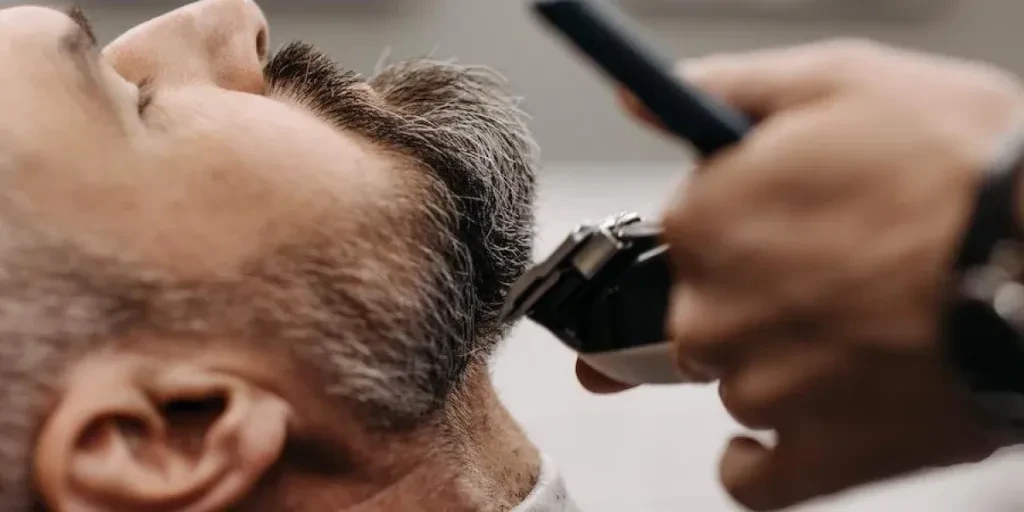Men grooming is a lucrative business that will never die out. Consumers always want to look good and may opt for personal hair clippers.
Hair-clipper retailers can expand their businesses by also targeting barbers. But making the right offers can be tricky since different clipper types exist. Consumers also need various things in a clipper, like battery life or blade quality.
This article will serve as a step-by-step guide to help sellers choose the perfect clipper for the most appealing offers.
Table of Contents
Important factors to consider before buying a clipper
Three major types of hair clippers
How big is the hair clipper market?
In conclusion
Important factors to consider before buying a clipper
Blade material
Blades are essential in any clipper, and sellers must focus heavily on this area. Sharp and quality blade material would give the most accurate cut.
Titanium is the highest-quality blade businesses can leverage. This blade material is immune to damage and can self-sharpen. Titan blades won’t become dull, no matter how much consumers use them.
Ceramic blades are also quality but are more fragile. Although they may break if dropped, ceramic blades will remain sharp and precise through frequent usage. These blade materials are corrosion-immune, meaning consumers can wash them easily.
Steel offers slightly less quality than titanium, but it’s more durable than ceramics. In addition, steel blades are not rust-resistant and will oxidize if washed with water.
Stainless steel is rust-resistant, making the blades washable. However, these blade materials don’t have long-lasting sharpness and won’t last with frequent usage.
Corded, cordless, or hybrid
Corded clippers are the go-to for businesses looking for affordable investments. These powerful gadgets can operate indefinitely as long as there’s a power supply.
Sellers should focus on cord length when choosing corded clippers. Longer wires will give more freedom and work quality, while shorter ones will cause various struggles.
Cordless clippers offer more flexibility but depend on batteries and charging time. Retailers must focus on battery life and type when investing in these clippers.
Battery determines charging and operating time. Ideally, cordless clippers should have short charging durations and long runtimes.
Hybrid models offer the best of both worlds. They combine the benefits of cordless and corded clippers but tend to be the most expensive.
Accessories and features
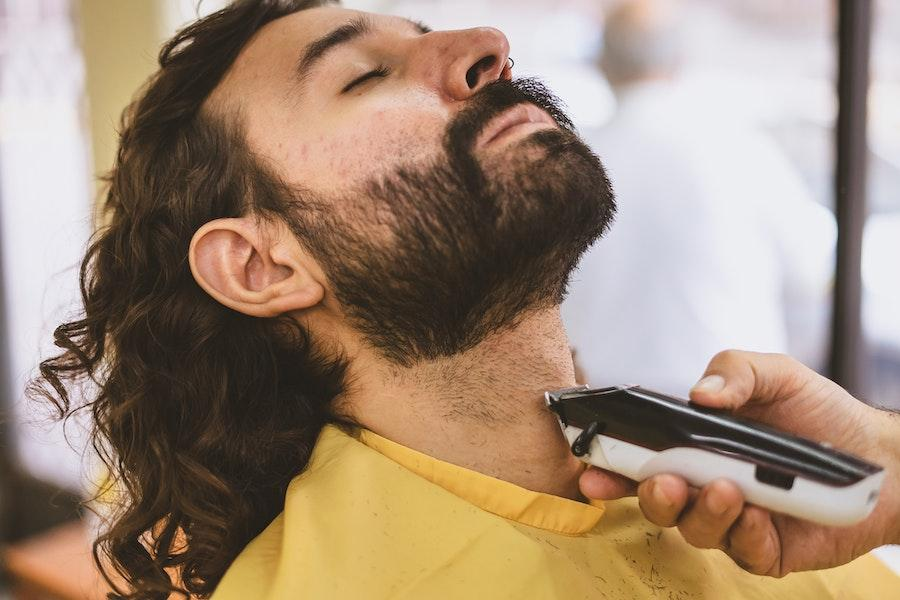
Clippers may also come with extra features in addition to the cutting function. Some models can even accommodate other accessories, making the haircutting experience more enjoyable.
Self-sharpening blades are an example of sought-after features. Blades will last longer, and consumers can rest assured there won’t be regular grinding.
Another sought-after feature is “use while charging.” Consider purchasing rechargeable clippers with this feature to offer an uninterrupted experience.
Quick charge is crucial for cordless clippers. For instance, batteries should be rechargeable in 5 minutes so users can complete the cutting.
Budget
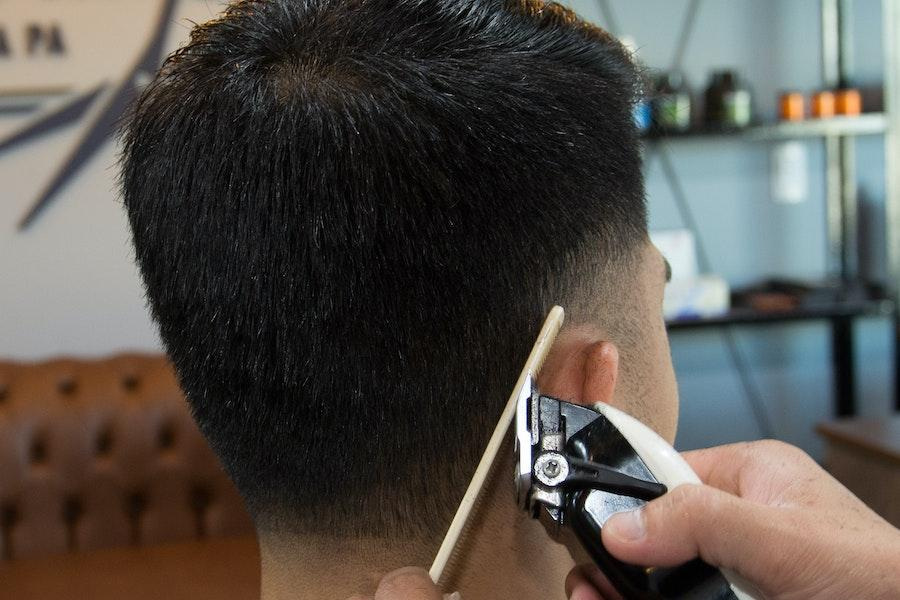
Usually, expensive clippers offer the most benefits. Although that’s not always the case, cheaper models will present factors like weaker battery life, low-quality materials, and limited functions.
Higher price ranges may offer conveniences like self-sharpening blades, titanium coating, water resistance, fast charge, and other fantastic benefits.
Reaction to water
Various clippers offer different reactions to water. Some may resist corrosive damage, while others may not survive their first wash.
Washable clippers refer to individual guide combs. Consumers may wash those underwater, but most clippers are for dry use only.
Water-resistant clippers can withstand usage under running water. Consumers can also wash these devices without worry.
Lastly, waterproof clippers can handle minimal contact with water. Although consumers can’t use them +, they can rinse waterproof clippers or use them with little wetness.
Cut length
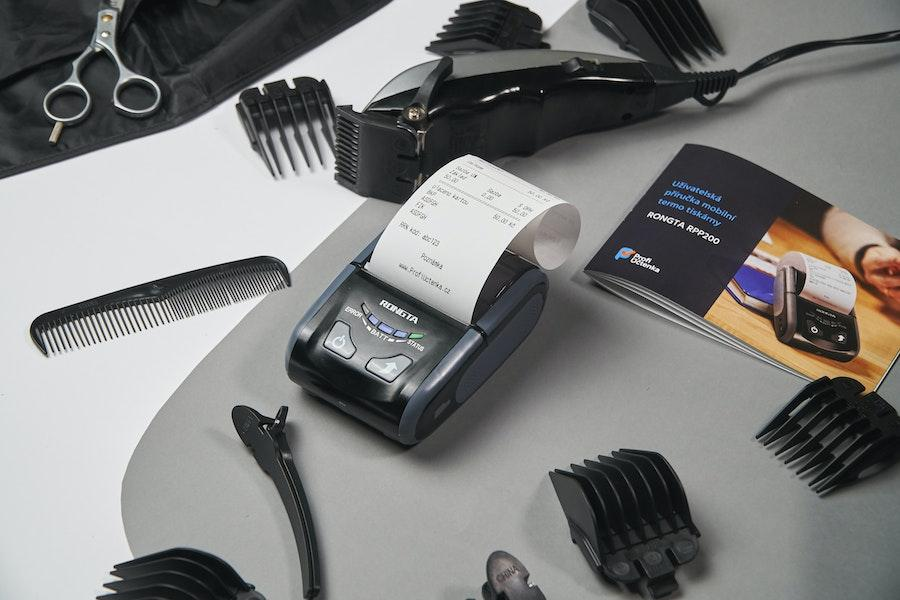
Guide combs affect the shape of any cut. Most guide combs are versatile enough to groom both the hair and beard.
Fixed combs have designs meant for specific cut lengths. However, this feature is more common in cheaper clippers.
Adjustable combs eliminate the need for replacement by allowing consumers to adjust the preferred cut length. These guide combs offer more precise cuts and are prominent in slightly expensive models.
Clippers may also come with special attachments for contouring, shaving, and other grooming procedures. In addition, the number on each comb determines the compatible hair length. Hair clippers with 1-4 combs can cut from 3mm to 13mm. “0” means haircuts without a comb, resulting in an almost shaved style.
Three major types of hair clippers
Adjustable clipper
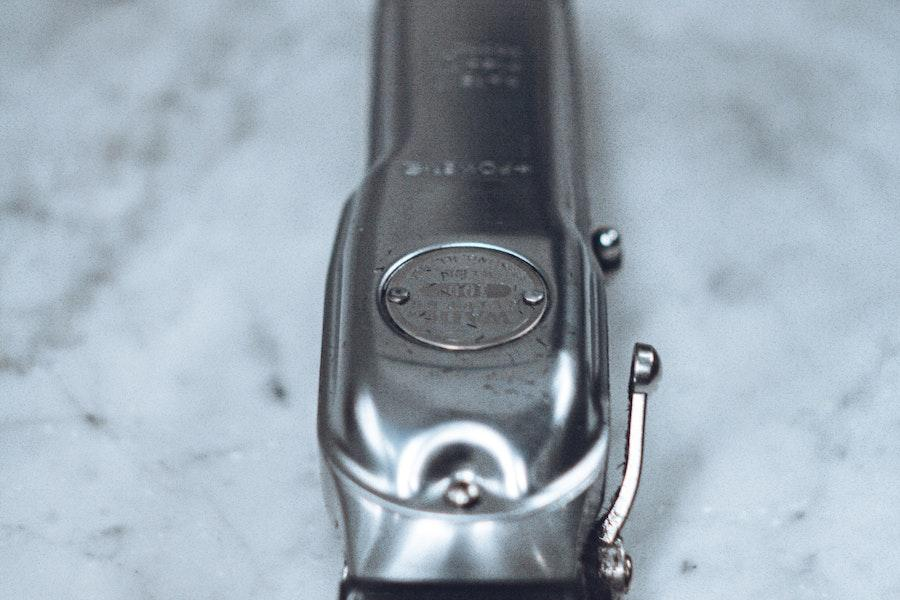
Adjustable clippers come with a tweakable lever on the side. This function can help change blade length to suit the haircut.
These clippers also feature plastic attachments that consumers can use to cut longer lengths. In addition, they’re more compatible with dry and thinner hair.
Detachable blade clipper
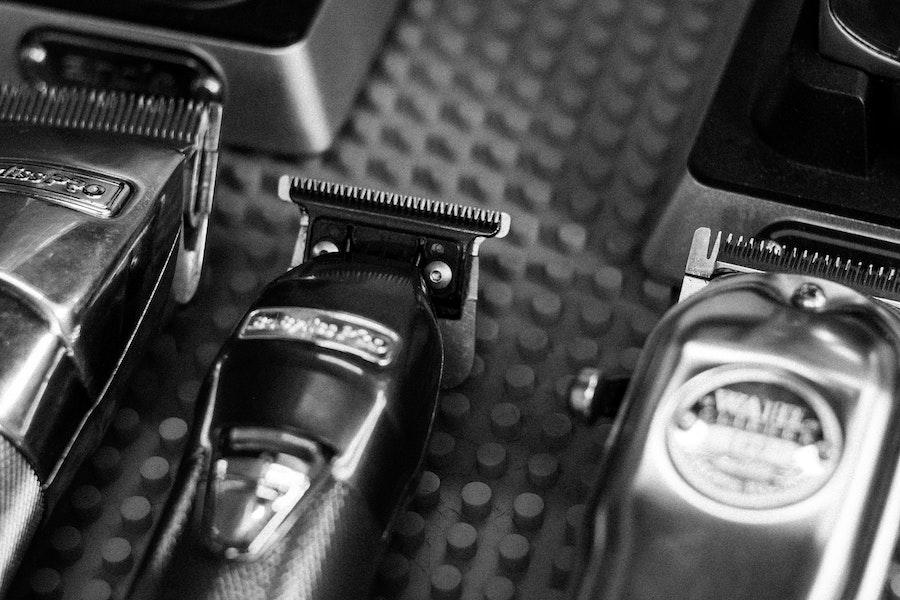
These clipper types are the most effective tools retailer can offer hairstylists. Detachable blade clippers have removable blades consumers can change depending on the hairstyle.
Detachable blades are incredibly versatile. They can mow through thick, long, and wet hair. Many consumers use different blades to style fades and trim short beards.
T-blade trimmer
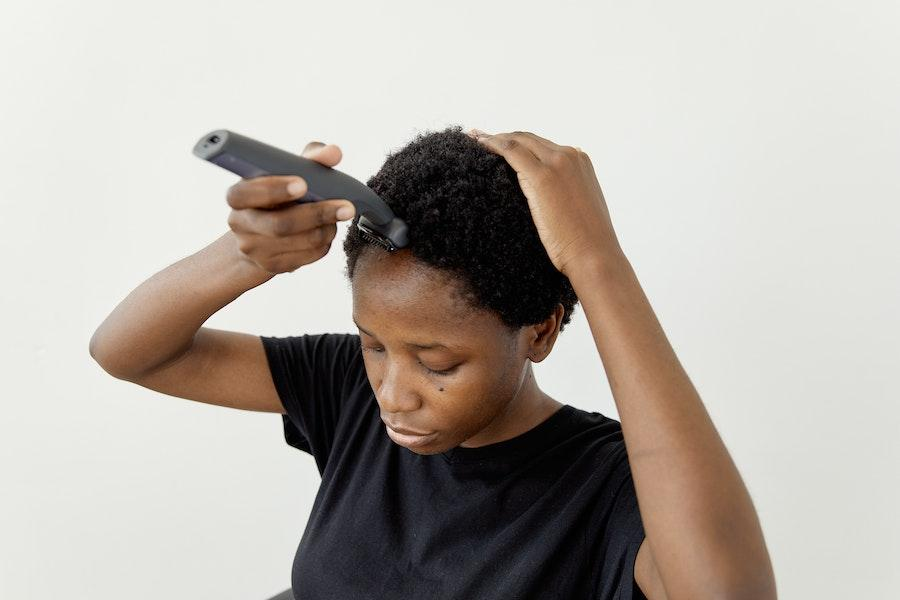
T-blade trimmers have one prominent feature making them stand out. Their design resembles a “T” with the blades sticking out from either side of the handle. T-blade trimmers are effective at styling cuts close to the ear, neck, and beard outline.
Although they’re not very practical for large amounts of hair, T-blade trimmers are unbeatable at cleaning up edges and styling line designs.
How big is the hair clipper market?
Marketing experts predict the global hair clipper market will expand at a CAGR of 6.18% from its $11.66 billion value in 2022. They expect the market to hit new grounds by the end of 2027.
Globally, China accounts for the biggest revenue in 2022 ($2.7 billion), giving Asia Pacific a dominant position in the regional segment.
Electric hair clippers constitute a significant portion of the market. Experts envision the segment will reach $6.3 billion by 2025 at a CAGR of 2.5%. Factors like the increasing number of product innovations and cutting-edge technology help boost this market’s potential.
In conclusion
Hair clippers have been around for decades, but technological advancements and innovations help keep the market fresh.
Consumers demand these grooming accessories for different reasons, and retailers must ensure they cater to the needs of their prospective clients. Like every other market, sellers should consider a few factors (discussed in this article) before pouring money into the industry.
Focusing on adjustable clippers, detachable clippers, and T-blade trimmers will help grooming kit retailers tailor perfect offers for their consumers.
